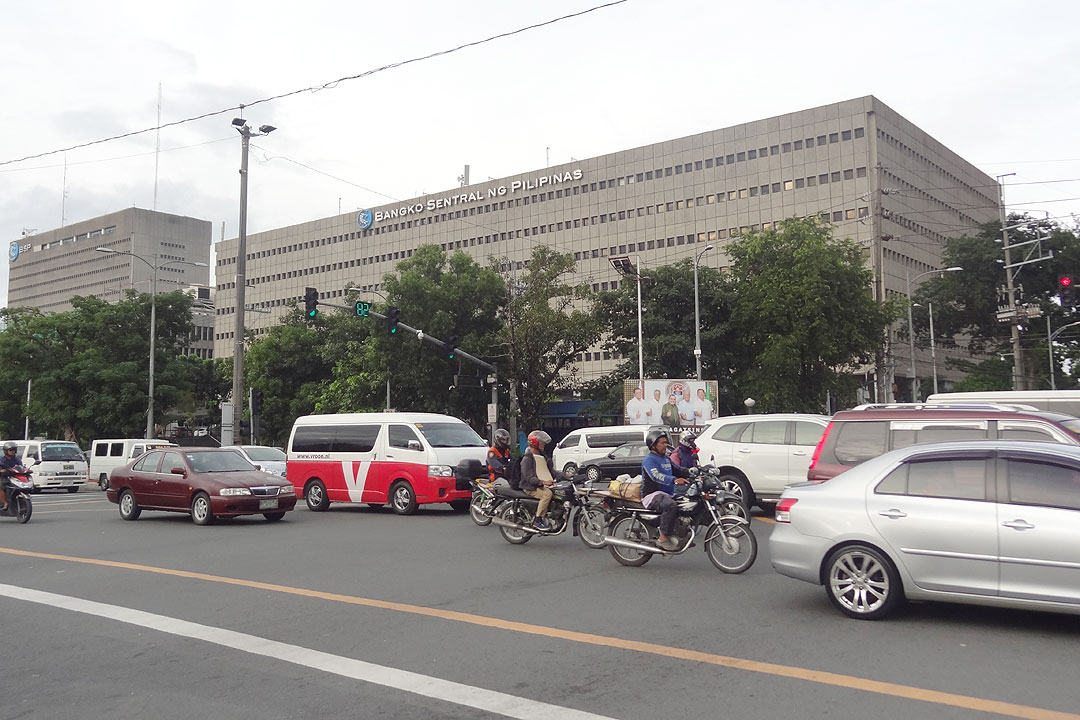
THE debt service bill on foreign borrowing rose 155% in the first half (H1), as debt came due while interest was driven up by high borrowing costs.
The Bangko Sentral ng Pilipinas (BSP) said the Philippines paid $7.46 billion in debt service during the period, against $2.92 billion a year earlier.
“The increase in the external debt service is a function of larger amounts of matured foreign debts as manifested by the bigger year-on-year increase in principal payments,” Rizal Commercial Banking Corp. Chief Economist Michael L. Ricafort said.
According to the BSP, principal payments rose 125.6% year on year to $4.18 billion.
Interest payments grew 73.4% to $1.85 billion in the first half.
The rise in external debt was due to the rise in global interest rates since 2022, “as manifested by the much higher interest payments on foreign debts on a year-on-year basis,” Mr. Ricafort said.
Central banks have tightened monetary policy to curb inflation, including the Federal Reserve.
The Philippines’ own Monetary Board has raised borrowing costs by 425 basis points (bps) to a near 16-year high of 6.25% between May 2022 and March 2023.
The Fed has hiked its own policy rates by a total of 525 bps to 5.25-5.5%, since March 2022.
Mr. Ricafort also noted that government borrowing has significantly increased since the pandemic. The debt was used on various financial assistance and other pandemic-related programs, all of which widened the budget deficit.
The Treasury estimated that the budget deficit narrowed 18.17% to P551.7 billion in the first half of the year.
“This is a similar challenge for many countries around the world especially at the height of the pandemic and lockdowns from 2020-2021. Thus, higher levels of both domestic and external debt led to the sharp increase in debt servicing costs,” Mr. Ricafort added.
The Philippines’ outstanding external debt was $117.918 billion at the end of June, up 9.5% from a year earlier. It was down 0.8% from the record $118.812 billion at the end of March.
This brought the external debt ratio, or foreign debt as a percentage of gross domestic product, to 28.5%, against 29% in the previous quarter.
Meanwhile, the debt service ratio, or principal and interest payments as a fraction of export receipts and primary income, rose to 11% at the end of June from 4.6% a year earlier.
External debt includes all types of borrowing by residents from nonresidents. — Keisha B. Ta-asan



